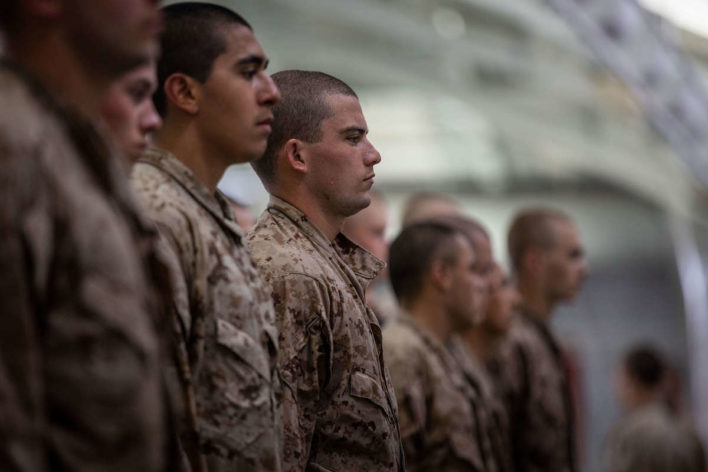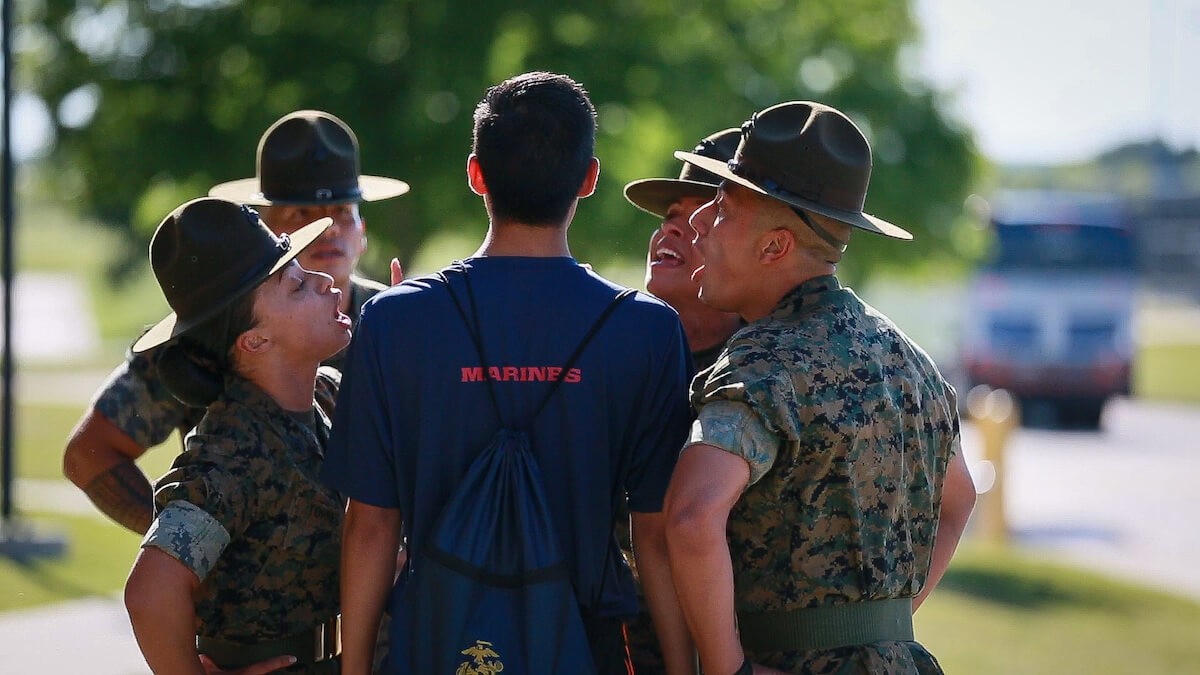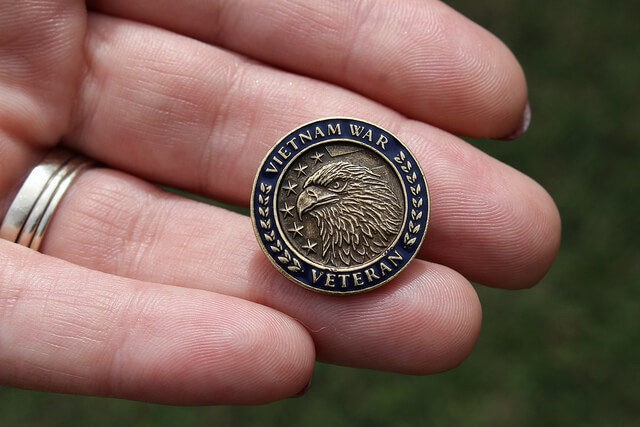Military Myths: Joining the Military

Military Myths About Joining the Military
Only about 7% of Americans have served in the armed forces. And only one half of of 1% serve in it today. It is no small wonder that in the ever increasing social media landscape, there are areas infested with myths and misunderstandings regarding military service. To help individuals determine the truth, below is a first in a series of articles that will help distinguish the facts from the myths in all crucial areas of military service.
MYTH#1: Anyone is Eligible to Serve in the Military
Answer: False. Eligibility rules can be a little confusing. There are different rules for enlisting and for officer programs. Enlisting: Enlisted members do the hands-on work of the military. They need at least a high school degree (a GED may or may not suffice). Officer: Officers are the managers of the military. Most officer programs require a college degree at minimum and are extremely competitive. Many officers have master’s or higher degrees. Before you visit your local recruiter, be sure you meet the minimum qualifications for serving in the U.S. Armed Forces.
Some qualifications are required by all 5 services. You must:
- Be a U.S. citizen or resident alien
- Be at least 17 years old (17-year old applicants require parental consent)
- Have a high school diploma (with very few exceptions)
- Pass a physical medical exam. This is usually what disqualifies individuals outside of having a criminal record.
For each branch, there are slightly different enlistment requirements, for a list of those requirements.
MYTH#2: The ASVAB Doesn’t Matter
Answer: False, the Armed Services Vocational Aptitude Battery or ASVAB does matter. Your scores count towards your Armed Forces Qualifying Test (AFQT) score. Scores are assessed in four critical areas:
- Arithmetic Reasoning
- Word Knowledge
- Paragraph Comprehension
- Mathematics Knowledge
The AFQT score determines whether you are qualified to enlist in the U.S. military. Your scores in the other areas of the ASVAB will determine how qualified you are for certain military occupational specialties and Enlistment Bonuses. A high score will improve your chances of getting the specialty/job and signing bonus you want.
The maximum ASVAB score is 99. Every branch of the military has different ASVAB score requirements. The Air Force requires the highest score of any branch of the service for admission.
Minimum ASVAB Scores by Branch
- Army minimum ASVAB score 31
- Navy and the Marines, the minimum ASVAB score needed is 35
- Air Force
- High school seniors or graduates must have a minimum 31 overall ASVAB score
- GED holders must have a minimum of 50 overall
RELATED: ASVAB Score Improvement
MYTH#3: All Branches of the Military are Basically the Same, Simply Different Locations
Answer: False. Despite what you might watch during a 1980s action movie marathon, not all jobs in the military are Special Operation commandos who can fly any jet or helicopter. Although the five branches of the U.S. Armed Forces seem similar, the types of jobs, geographic locations, environment, and cultures are often worlds apart.
The U.S. Armed Forces are made up of the six Military Branches: Air Force, Army, Coast Guard, Marine Corps, Navy and, most recently, Space Force. This section will help you see the distinct differences between the six Military Branches.
Army
The U.S. Army was created on June 3, 1784 by the Congress of the Confederation at the end of the Revolutionary War. “To fight and win America’s wars,” the Army exists to organize, equip, and train forces “for the conduct of prompt and sustained combat operations on land.”
The U.S. Army operates with an active component and two reserve components: The United States Army Reserve and the Army National Guard. There are just under 500,000 soldiers serving actively in the U.S. Army today and another 550,000 serving in the reserve components.
Marine Corps
The U.S. Marine Corps was created on November 10, 1775. It is a combined-arms task force known for its focus on aggressiveness and the offensive.
The Marines have been central in developing groundbreaking tactics for maneuver warfare; they can be credited with the development of helicopter insertion doctrine and modern amphibious assault. There are approximately 186,000 Marines actively serving today, with another 40,000 Marines serving in the U.S. Marine Corps Reserves.
Navy
The U.S. Navy was founded on October 13, 1775, with the Department of the Navy established in 1798. The Navy’s mission is to “maintain, train and equip combat-ready naval forces capable of winning wars, deterring aggression and maintaining freedom of the seas.” The Navy accomplishes this with warfare specialties that include:
- Aviation
- Surface Warfare
- Nuclear Submarines
- Special Operations Forces
- Support Services
There are approximately 341,000 sailors serving actively in the U.S. Navy today with an additional 59,000 reserve personnel.
Air Force
The Department of the Air Force was created with the signing of the National Security Act of 1947. The Air Force’s missions are broken down into:
- Air and Space Superiority
- Global Attack
- Rapid Global Mobility
- Precision Engagement
- Information Superiority
- Agile Combat Support
There are approximately 310,000 Active Duty airmen and women currently serving across the globe with an additional 71,400 airmen and women serving in the Air Force Reserve.
Space Force
The U.S. Space Force is the 6th independent U.S. military service branch, tasked with missions and operations in the rapidly evolving space domain. The newest branch was established Dec 20, 2019. As of June 2020, its headquarters has yet to be announced.
Coast Guard
The Coast Guard was established on Aug. 4, 1790. The Coast Guard is charged with maritime security, safety, and stewardship. While the Coast Guard operates under the Department of Homeland Security during peacetime, during times of war, it can be transferred to the Department of the Navy, as it did in WWI and WWII.
The Coast Guard is comprised of approximately 40,000 active duty personnel supported by an additional 7,000 reservists.
These are just five of the many myths out there about the military. A lot of these myths have been started by just general misinformation or lack of personal experience with military service. A lot has change since I joined 21 years ago, however these myths are some of the things I wish I knew when I signed the dotted line.
Military Myths Series:
- Joining the Military
- Prepping for Boot Camp
- About Boot Camp
- Debunked Myths About Your 1st Duty Station
RELATED:
- Military Myths #2: Prepping for Boot Camp
- Financial Steps to Take Early In Your Military Career
- Financial Tips For Enlisted Service Members
About the author
Julie Provost is a freelance writer, and blogger. She lives in Tennessee with her National Guard husband and three boys.


